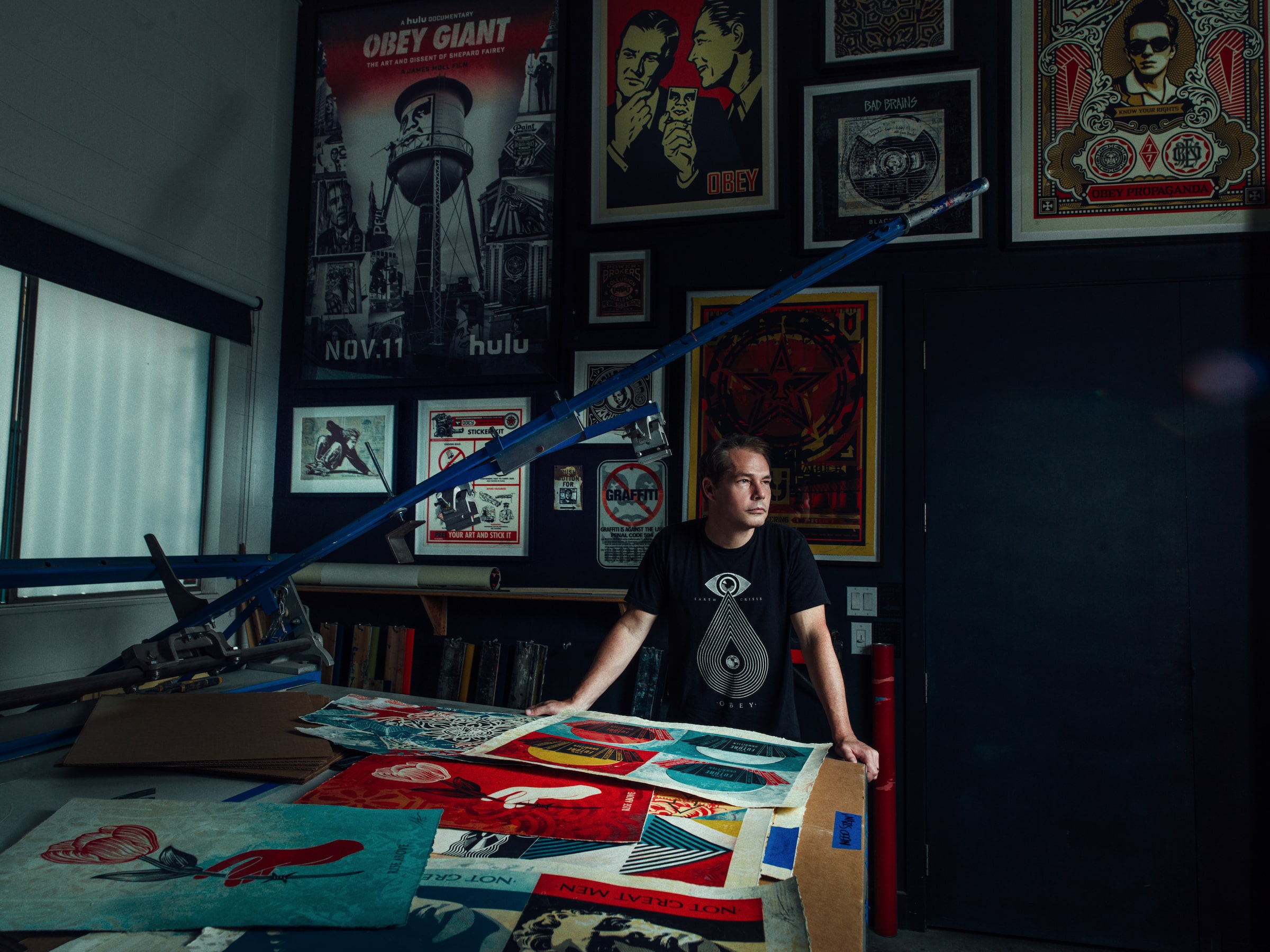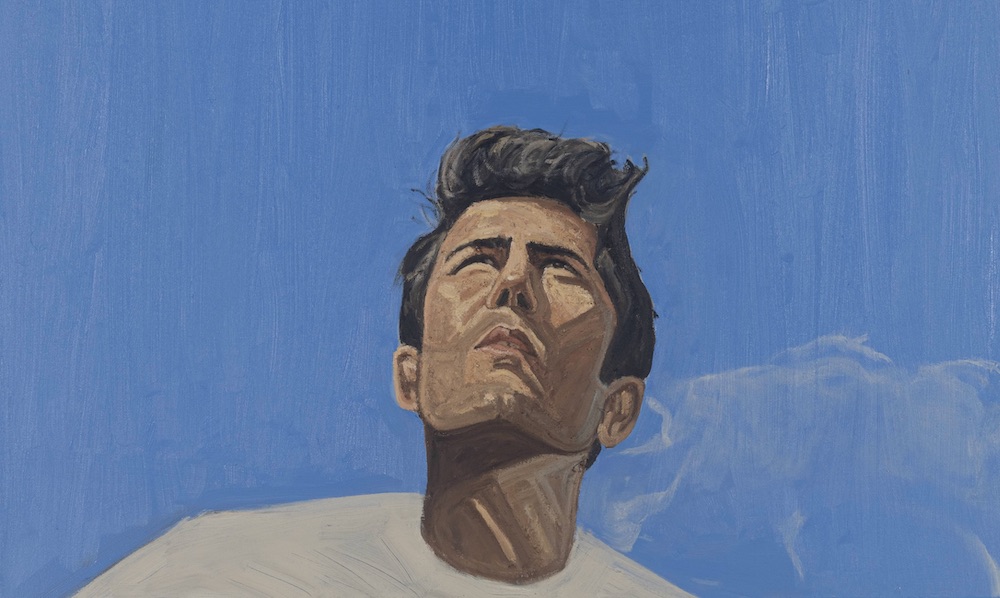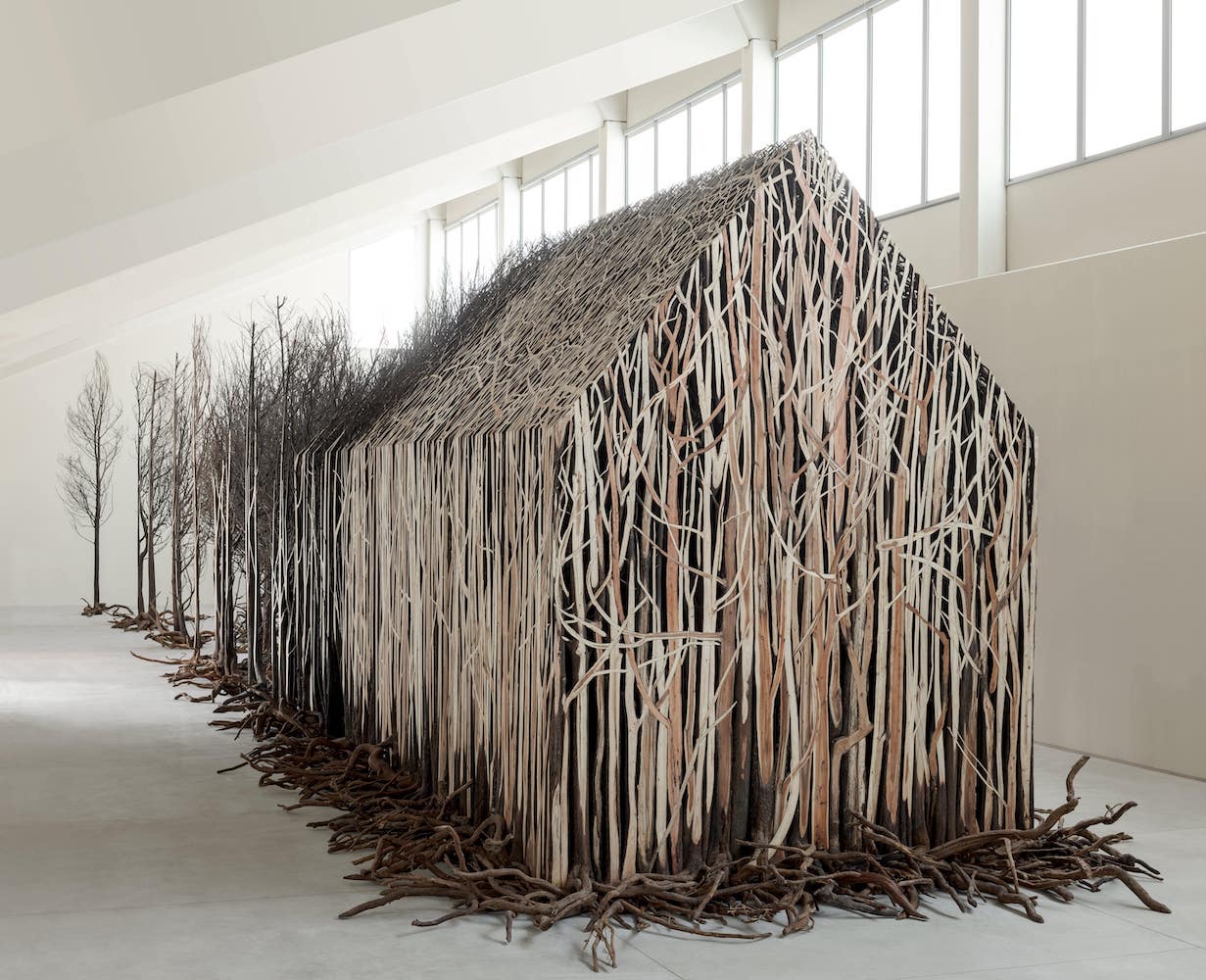The Third Line in Alserkal Avenue in Dubai celebrates its 15th anniversary this year with a group show of old and new works. Its founders, Claudia Cellini, Omar Ghobash, and Sunny Rahbar, were pioneers in the region, creating a platform to show work by artists from the Middle East and North Africa. Since the gallery’s founding in 2005, the contemporary art market in the Middle East has grown exponentially. While The Third Line has expanded, too, its mission nonetheless has remained the same: helping artists realize their vision and supporting their careers long term.
Recently, we checked in with Rahbar to see how she’s doing during the COVID-19 pandemic. “I’m taking this time to reflect, read, and consider how we can continue to engage with our audiences now and in the future as this pandemic is teaching us all very valuable lessons as challenging as it is,” she said.
For Whitewall‘s spring 2020 Art Issue, Rahbar shared her hope to leave behind as much material and information as possible on today’s artists for future generations.
WHITEWALL: What was your initial vision for The Third Line back in 2005?
SUNNY RAHBAR: Initially, myself, Claudia Cellini, and Omar Ghobash had thought that The Third Line should be a dynamic space and platform for an emerging contemporary Middle Eastern art scene. This included everything from the visual arts to film, literature, design, and music. We were not sure how this would be received, but we did know the time was ripe.
It was a gallery, in essence, that we were opening, but operated like a nonprofit arts center, with more of an emphasis on engaging with the audiences and creating a space where this discourse could take place.
We also were one of the first spaces in the region that took on representation of the artists we worked with. We had a long view on what we were doing, although no idea how long it would last, given there was no real market yet and no institutional support either.
WW: How has the gallery’s mission evolved and grown since then?
SR: I think the ethos of the gallery remains true to its founding values; however, the game has changed and the market has grown considerably.
Dubai has also grown and changed, and there are now many different spaces that have great programming, like independent cinemas, theaters, artist residencies, and other great galleries.
So The Third Line is no longer filling the gaps. Instead, it has grown up and is more focused on the artists, their careers, and how we can better support them to realize this today.
WW: How would you describe your roster of artists? Is there a thread that connects the artists and their work?
SR: The artists we work with are all of MENA origin—some live in the region and others are in the diaspora. We were interested in being a platform for contemporary artists from the region as there was almost no representation of these artists at that time.
We work with artists across all mediums—painting, photography, sculpture, film. We didn’t have a set aesthetic, really, although we were very aware of the stereotypes that were often associated with artists from our region and we avoided working with artists that were reinforcing these stereotypes.
We were also interested in discovering the differences and similarities in practice between artists who were working in the region vis-à-vis others who were from the region but had grown up or studied abroad.
The long view is that in a hundred years from now there is much more information available about this period of time we lived in and the artists we worked with, which wasn’t the case when we started. It was almost impossible to find books or any other information about the artists from the previous generations in our region. We hope to leave as much as we can behind for the future generations.
WW: Who is a recent artist addition to the gallery you can tell us about?
SR: We recently started to work with Nima Nabavi and Jordan Nassar, both of whom work very meticulously on time-intensive works, which require a very focused attention to detail. It’s very interesting to me to see two male artists working in this way.
Nima Nabavi is a self-taught artist. He works with geometric abstraction, in the form of very intricate, involved, and time-intensive drawings. Some of the works take as long as 25 days to make, where he spends seven hours a day working on the piece. He uses ink and graphite on paper. He carefully begins by drawing the grid upon which he uses to make the pieces. He uses ancient techniques of cosmic cartography and uses the principles of sacred geometry to reveal the invisible.
Jordan Nassar is a Palestinian-American artist that works with embroidery on canvas, a style of embroidery called tatreez, traditional to Palestine, and made by Palestinian women. It’s a craft that is passed from mother to daughter, and each family has their own particular style unique to them. He has collaborated with craftswomen from Ramallah on a series of work, where he sends the works and invites them to begin the piece, which he then finishes. These new landscapes present new possibilities where tradition and the contemporary meet. Jordan’s work creates a new narrative around existing notions of heritage and identity, tradition and modernity, and also place and belonging.









